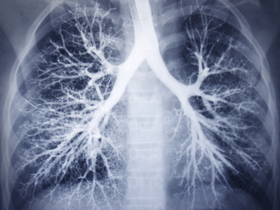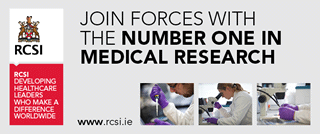LSTM reports on a new way of screening potential treatments for TB
Scientists from LSTM’s Research Centre for Drugs and Diagnostics (RCDD) have described in a paper published today in Scientific Reports, a new way of screening potential treatments for Tuberculosis (TB) which may assist in the identification and prioritisation of new therapies which could potentially reduce the duration of current TB treatment. TB is a highly infectious disease, with one third of the world’s population being latently infected and accounting for an estimated 1.5 million deaths in 2014. To reduce that number in line with the targets set within the Sustainable Development Goals (SDGs) improved tools for TB control are required, which includes more effective drug regimens which can shorten and simplify treatment from its current duration of up to six months, to a matter of weeks, as well as drugs that are effective against multi drug resistant (MDR) and extensively drug resistant (XDR) strains of the disease.
Lead author on the paper is LSTM’s Professor Giancarlo Biagini, he explained: “Such a long drug regimen leads to trouble with patient adherence – people begin to feel better and stop taking treatment – which provides perfect conditions for the development of drug resistance.”
A major challenge to TB drug development is the lack of predictive preclinical tools. To address this deficiency, the team adopted a new high-content imaging-based approach capable of defining the killing kinetics of first line anti-TB drugs against intracellular Mycobacterium tuberculosis (Mtb) residing inside macrophages, or immune cells. Using a pharmacokinetic-pharmacodynamic (PK-PD) modelling approach the team demonstrates that the killing dynamics of the intracellular Mtb sub-population is critical to predicting clinical TB treatment duration. In addition, the model can be used to simulate new therapeutic regimens such as the use of higher doses of the antibiotic rifanpicin to predict the outcomes of clinical studies.
“Our model supports the hypothesis that the use of higher doses of rifampicin will significantly reduce treatment duration.” Continued Professor Biagini: “We anticipate that our described high-content imaging platform and PK-PD approach will be a useful tool that can correctly identify new combination therapies with the potential to genuinely reduce TB treatment duration in the clinic. It offers a new tool to aid decision-making and is recommended for incorporation as an essential assay for compound progression within the target candidate profiles of future TB drug discovery programmes.”







